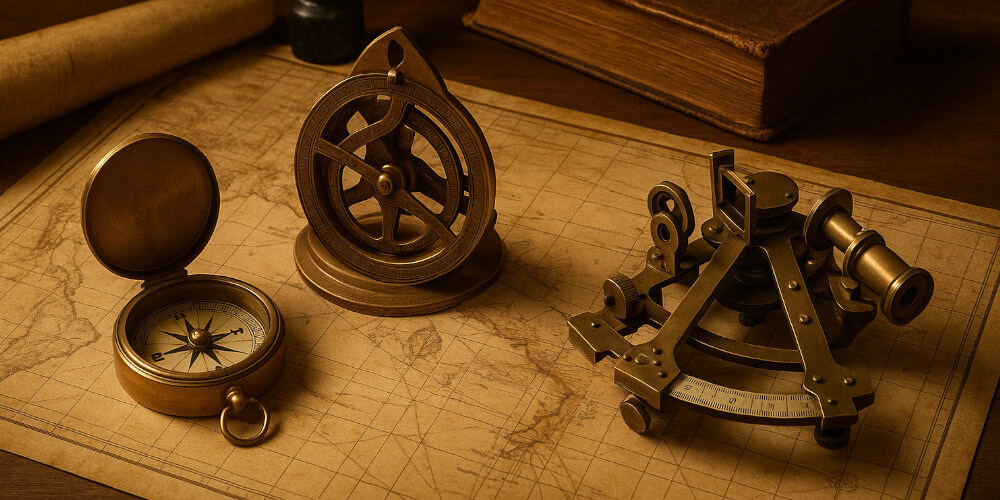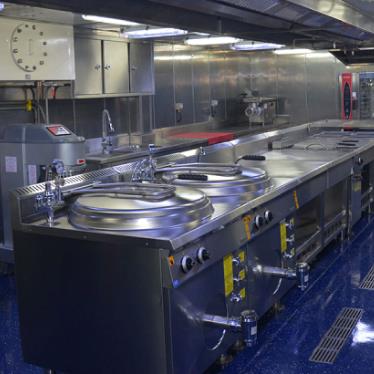
Throughout the centuries, navigation tools have played a pivotal role in shaping maritime history. From great age of exploration voyages to decisive naval battles, instruments like the compass, sextant, and astrolabe not only guided ships across uncharted waters but also revolutionized how empires expanded and wars were won. In this blog post, we’ll explore the fascinating history and impact of these navigation tools on both exploration and warfare at sea.
The Compass: Guiding the Way Since Antiquity
The magnetic compass, believed to have originated in China during the Han Dynasty, became one of the most essential tools in maritime navigation. Its ability to indicate direction regardless of weather conditions made it indispensable for sailors.
By the 12th century, the compass had spread to Europe, where it transformed navigation. Explorers like Christopher Columbus and Vasco da Gama relied heavily on the compass to maintain course during long transoceanic voyages. In times of war, naval commanders used compasses to coordinate fleet movements and execute complex strategies even in open seas.
The Astrolabe: Measuring the Stars for Position
The astrolabe was a brilliant fusion of astronomy and navigation. Originally developed by ancient Greeks and later refined by Islamic scholars, the maritime astrolabe was used to determine a ship’s latitude by measuring the altitude of celestial bodies like the sun or stars.
During the Age of Discovery, Portuguese and Spanish explorers used astrolabes to cross the Atlantic and Indian Oceans with increasing accuracy. The ability to determine latitude allowed seafarers to navigate far from the sight of land—an essential breakthrough for reaching the New World and establishing trade routes.
The Sextant: Precision and Progress
Introduced in the 18th century, the sextant marked a leap forward in navigational precision. It allowed sailors to measure the angle between two visible objects—typically the horizon and a celestial body. This enabled far more accurate calculations of latitude and longitude, solving a major challenge in long-distance sea travel.
Sextants became crucial for both exploration and naval warfare. During battles, accurate positioning meant the difference between ambush and defense. In peacetime, it allowed merchant fleets to establish more efficient shipping routes, accelerating global trade.
Navigation Tools and Their Role in Maritime Warfare
Navigation tools were not just tools of discovery—they were strategic assets in warfare. The ability to navigate confidently in open waters, especially under cover of darkness or bad weather, gave navies a tactical edge.
-
Pirates and privateers used rudimentary tools to raid ships along trade routes.
-
Naval empires, such as the British Royal Navy, depended on precise navigation to dominate global seas.
-
In World War I and II, advancements in navigation, including early versions of radar and radio-direction finders, helped in submarine tracking and fleet coordination.
Legacy and Modern Evolution
While digital GPS and satellite systems dominate today’s maritime navigation, the foundational principles laid by tools like the compass, astrolabe, and sextant remain embedded in nautical training. These historical instruments not only helped chart the globe but also reshaped civilizations.
Navigation tools have been silent yet powerful enablers of maritime advancement. From ancient seafarers tracing coastlines to global empires commanding oceans, the compass, astrolabe, and sextant remain icons of human ingenuity and exploration. Understanding their historical role gives us a greater appreciation for the technology that now guides our modern world.


